Reviews
Brian De Palma
USA, 1976
Credits
Review by Victoria Large
Posted on 05 October 2013
Source MGM DVD
Categories 31 Days of Horror X
It’s little wonder that high school proms have frequently become the settings for horror films. Sure, proms are more cinematic than your average high school day: just think of how much time and energy is spent on the costuming, set design, and soundtrack. But beyond that, the prom is an event so rife with hope, fear, lust, and frustration that it all but begs for the horror treatment. Brian De Palma’s Carrie is prom horror’s primary touchstone, but there have been echoes of, and answers to, his film ever since its release, offering a fascinating array of heroes and villains clad in taffeta and heels. Every Saturday for the next four weeks, look for a new review of a film that mixes slow dances and corsages with terror.
They’ve forgotten her, you know. They’ve made her into some kind of a symbol and forgotten she was a human being, as real as you reading this, with hopes and dreams and blah, blah, blah. Useless to tell you that, I suppose. Nothing can change her back now from something made out of newsprint into a person. But she was, and she hurt. More than any of us probably know, she hurt.
And I’m so sorry and I hope it was good for her, that prom. Until the terror began, I hope it was good and fine and wonderful and magic…
—Sue Snell, Stephen King’s Carrie
In his craft memoir On Writing, Stephen King reflects on the protagonist of his first published novel, and admits that he “never liked Carrie, that female version of Eric Harris and Dylan Klebold.” In the early stages of drafting Carrie, King fretted over the eponymous character because she “seemed thick and passive, a ready-made victim.” I can understand King’s ambivalence. When I first watched Brian De Palma’s adaptation of the novel as a teenager, I struggled to come to terms with it. While I could sense that the story had lodged itself very deeply into our collective unconsciousness, and I appreciated the lingering shock of the film’s third act, I couldn’t bring myself to like Carrie the way that I liked Halloween or A Nightmare on Elm Street or Friday the 13th. It wasn’t a film that I sought to revisit with any regularity, and I didn’t find Carrie’s famed revenge cathartic, as it seemed some other viewers did. Stuff like Friday the 13th made me jump and giggle and head back to the video store to find more of the same. But Carrie? For the most part, Carrie just made me sad.
As an adult I can of course recognize Carrie as a considerable formal achievement: a film of careful and sometimes gutsy visual storytelling that’s able to incorporate unusual close-ups, split-screens, and slow motion without getting caught up and lost in its own artifice. And I can detect a mischievous twinkle in De Palma’s eye at times, too. One can recognize the cheeky De Palma of The Phantom of the Paradise in the scene where the kids enter their soon-to-be ill-fated prom to the tune of “Education Blues,” a song about high school pranks with lyrics like, “He’s out of control/the devil’s got a hold of his soul.” It’s also no accident that some of Carrie’s scenes with her overbearing mother bubble under with perverse humor: watch again how a perfectly timed clap of thunder and flash of lightning accompany Margaret White’s discovery of her daughter’s prom plans.
De Palma’s love of Hitchcock is obvious, not just in the stabs of Psycho’s shrieking strings on Carrie’s soundtrack or the naming of poor, doomed Bates High School, but in the way he savors staging suspense scenes, working his audience with precision. With Psycho, Hitchcock revels in the creepiness and fun that comes with transplanting over-the-top Gothic elements — that looming blot of a house, that grinning, decaying corpse — into the humdrum modern world. De Palma displays a similar amusement when he injects suburban life and teenage angst with a shot of wild Gothicism, locking Carrie in the proverbial tower of her mother’s house of horrors, and loosing Margaret White on sunny, small-town streets in the swirling cloak of a fairy tale witch. But just as Psycho’s flashes of sick comedy don’t make it any less effective as a horror film or diminish the weird empathy that we feel for its stunted and suffocated Norman Bates, De Palma’s brushstrokes of deadpan humor never overshadow the ultimate tragedy of his beleaguered antihero, Carrie White.
Which is why, even now, watching Carrie can feel more like summoning demons than having a laugh. There’s something at the film’s core that’s both authentic and lacerating. In On Writing, King reveals that he based Carrie on two young women who were bullied at his school. “I pitied [Carrie], and I pitied her classmates as well,” he writes, “because I had been one of them once upon a time.” Indeed, this story’s resonance has a lot to do with the fact that most of us have, at one time or another, felt bullied. But, if we’re honest, we’ve probably also become bullies ourselves, or at least laughed alongside or failed to reprimand a bully, hoping that by doing so, we might help them forget to come after us. Carrie is about those moments—about how we handle each other’s vulnerabilities and cruelties.
It begins with literal blood in the water. Following a typically humiliating volleyball game in gym class, Carrie — so sheltered by her fanatically religious mother that she becomes confused and terrified when she begins menstruating in the locker room shower — cries hysterically for help. Her classmates pelt her with tampons, unwilling to forgive her ignorance. The scene is uncommonly frank about a bodily function that mainstream cinema finds almost entirely taboo, and it allows us to identify with the abject terror that Carrie must feel, first as a result of her misunderstanding of the bleeding, and later in response to the taunting and leering of her classmates.
The horror here is notably unsupernatural, and it’s worth mentioning that the same holds true for De Palma’s most devastating setpiece, the infamous prank that leads to the destruction of both Carrie and her classmates. Carrie has its playful haunted house moments — think of that priceless final scare — but it’s the bits that aren’t any fun, like a downtrodden Carrie sitting alone outside the principal’s office, or a shrieking Carrie being locked into a closet by her mother, that give the film much of its power. It resonates less because of its flashy psychokinetic climax than because of its understanding of the most everyday kinds of brutality.
De Palma knows exactly how to twist the knife, too, letting just enough hope and happiness creep into Carrie’s life before she’s subject to the nastiest cinematic public humiliation since the wedding scene in Freaks. Even though we know that there’s a bucket of blood waiting in the rafters, it’s tough not to get a little swept away with Carrie’s sweet, if fleeting, triumph at her high school prom, looking lovely in her pale pink gown and dreamily whirling across the dance floor with one of the most popular boys in school. Hit the stop button at the right time, and you might be able to pretend that this was a story out of John Hughes instead of Stephen King. But alas, we can never quite shake our sense of foreboding, and as Carrie and her date Tommy spin faster and faster in their dance, we get a little seasick, and begin to brace ourselves for the picture’s inevitable and apocalyptic finale.
But here’s the thing that people may forget about the prom scene as it plays out in De Palma’s film: not all of Carrie’s classmates laugh at her humiliation. In fact, almost none of them do. De Palma lets us glimpse a room full of mostly horrified faces before shifting to Carrie’s warped POV, in which a few peels of laughter are multiplied by the hundreds, and her mother’s voice loops back again and again with that famous “They’re all gonna laugh at you!” trill. Carrie imagines that she sees a kaleidoscope of faces baying with laughter, and from there her actions are all but automatic. In a film full of tragic touches, this is the one that might have the most sting: Carrie is so used to being prodded and attacked that she can’t register the cheerlessness or regret playing across the faces of the majority of the people who witness the prank. For her, all that remains is her ability to lash out.
Sissy Spacek’s powerhouse performance as Carrie is of course the engine that drives this film. Her transformation from stooped, put-upon outcast to smiling prom queen to blood-sodden, saucer-eyed force of nature is the stuff of legend. She is able to work in any register that the film requires, from kitchen sink naturalism to high camp. Spacek was nominated for an Academy Award, as was her co-star Piper Laurie, whose turn as the profoundly damaged Margaret White is nearly as iconic as Spacek’s Carrie. Laurie is well attuned to the operatic demands of the part, launching as needed into the booming voice of a preacher to deliver lines like, “Eve was weak!” Margaret uses her faith to alternately needle and bludgeon her daughter, and cuts the most consistently fearsome figure in the film. Appropriately, then, the final confrontation between Carrie and her mother provides us with some of the eeriest images and best scares: just try and shake the vision of a wraithlike Carrie, still in her gown, dispassionately examining her own bloody hands, or of Margaret White lording over all of us, clutching a knife, a death’s head grin stretching across her face.
Yet while this is undoubtedly a film marked by great performances from women, the character of Carrie, that perpetual victim turned dreadfully efficient killer, should not be mistaken for a feminist icon. After all, female movie characters don’t become feminists the instant they become violent. But Carrie is a unique figure on the pop culture landscape in that she speaks to the unreasonable pressures placed on so many teenage girls, and the latent anger that such pressure inspires. In a world where women are still regularly urged by strangers to smile, there’s a relief in having a character like Carrie in the horror canon, with all of her unpleasant emotions exposed. Which is not to say that this is strictly a story about gender. We tell it and retell it — there’s been a stage musical, a movie sequel, a TV remake, and now a new version directed by Kimberly Peirce, not to mention a myriad of imitators — because it is a potent cautionary tale about our tendency to scapegoat and mock and capitulate to a crowd. It is a reminder, spelled out with a spectacular lack of subtlety in blood and nightmares, of our own capacity to be monsters.
More 31 Days of Horror X
-
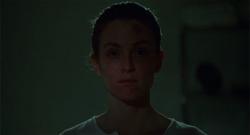
Safe
1995 -
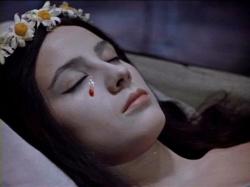
Viy
1967 -
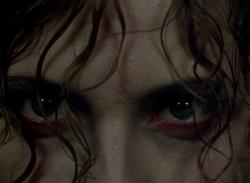
Black Narcissus
1947 -
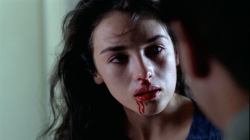
Possession
1981 -

Carrie
1976 -

The Devils
1971 -
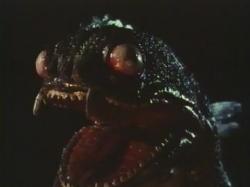
The Sea Serpent
1984 -
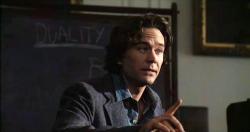
The Dark Half
1993 -
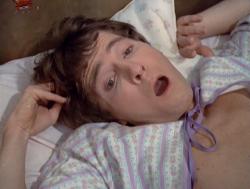
The Baby
1972 -
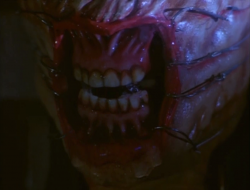
Hellraiser
1987 -
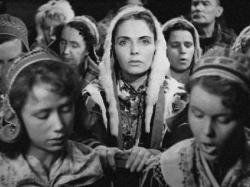
The White Reindeer
1952 -
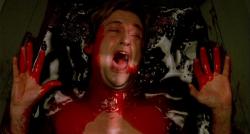
The Serpent and the Rainbow
1988 -
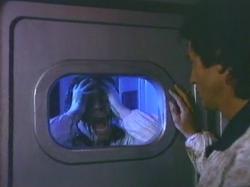
Endless Descent
1989 -
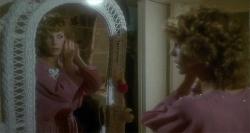
Prom Night
1980 -
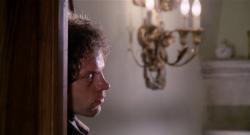
Night Train Murders
1975 -
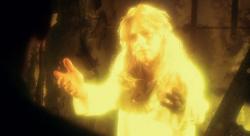
God Told Me To
1976 -
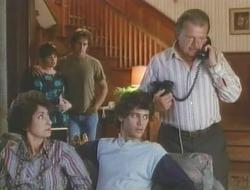
In a Child’s Name
1991 -
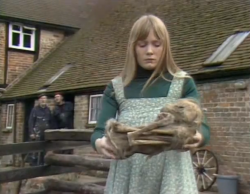
Beasts
1976 -
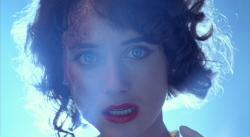
Prom Night II
1987 -
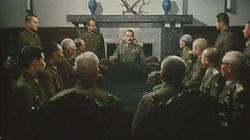
Men Behind the Sun
1986 -
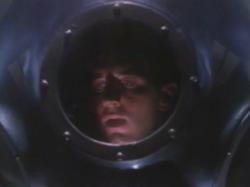
DeepStar Six
1989 -
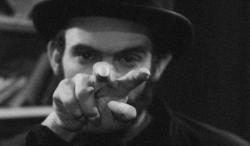
At Midnight I’ll Take Your Soul
1964 -
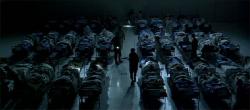
They Came Back
2004 -
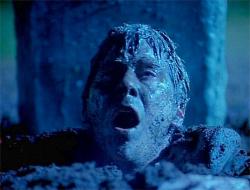
Buried Alive
1990 -
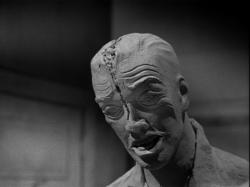
A Bucket of Blood
1959 -
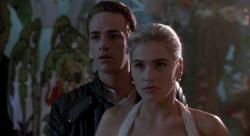
Buffy the Vampire Slayer
1992 -
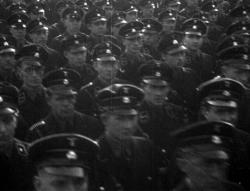
Night and Fog
1956 -

It Came From Beneath the Sea
1955 -
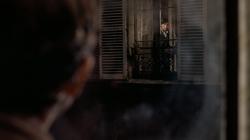
The Tenant
1976 -

Tokyo Gore Police
2008 -
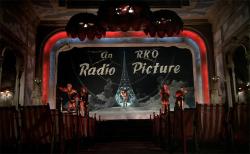
The Rocky Horror Picture Show
1975
We don’t do comments anymore, but you may contact us here or find us on Twitter or Facebook.



